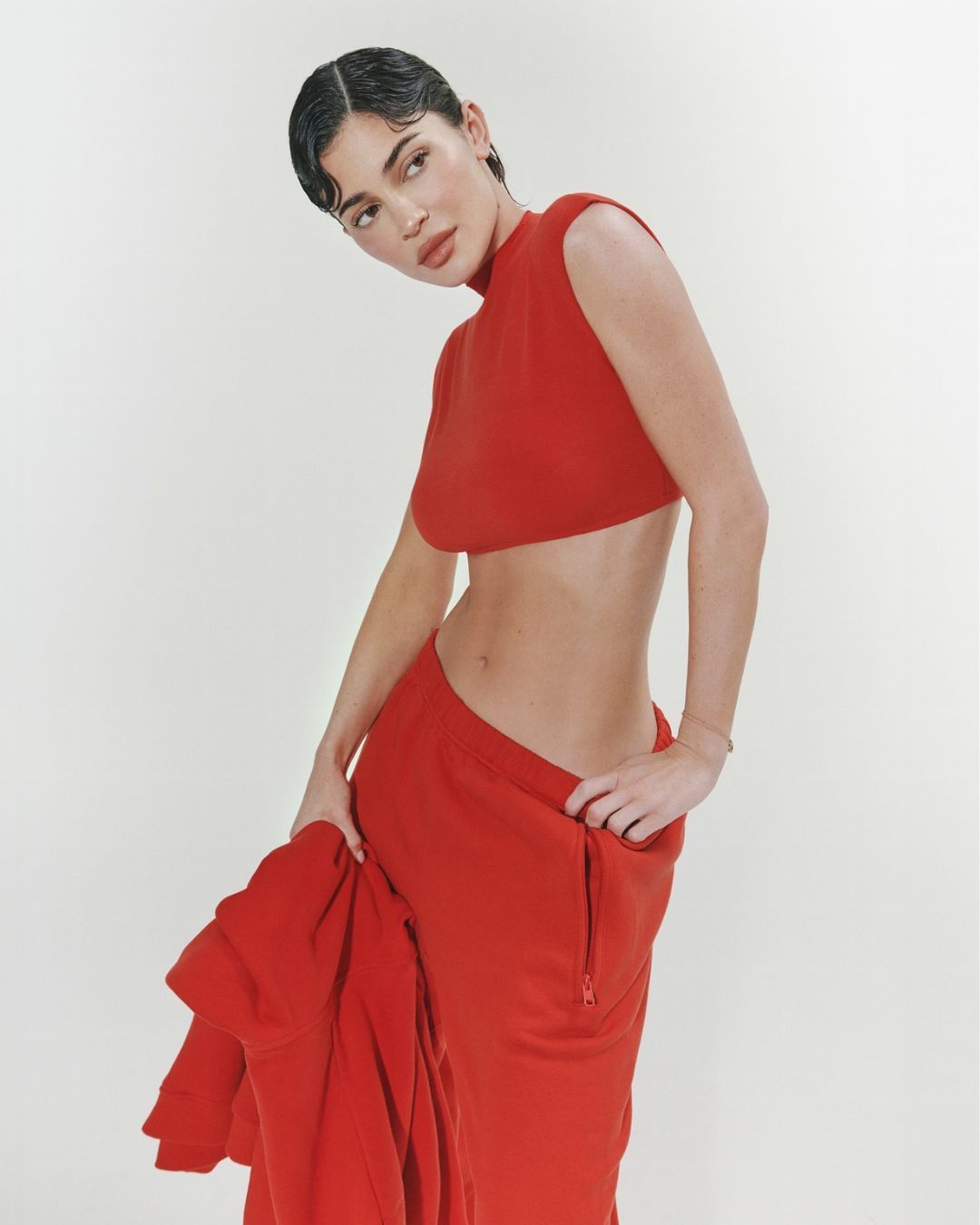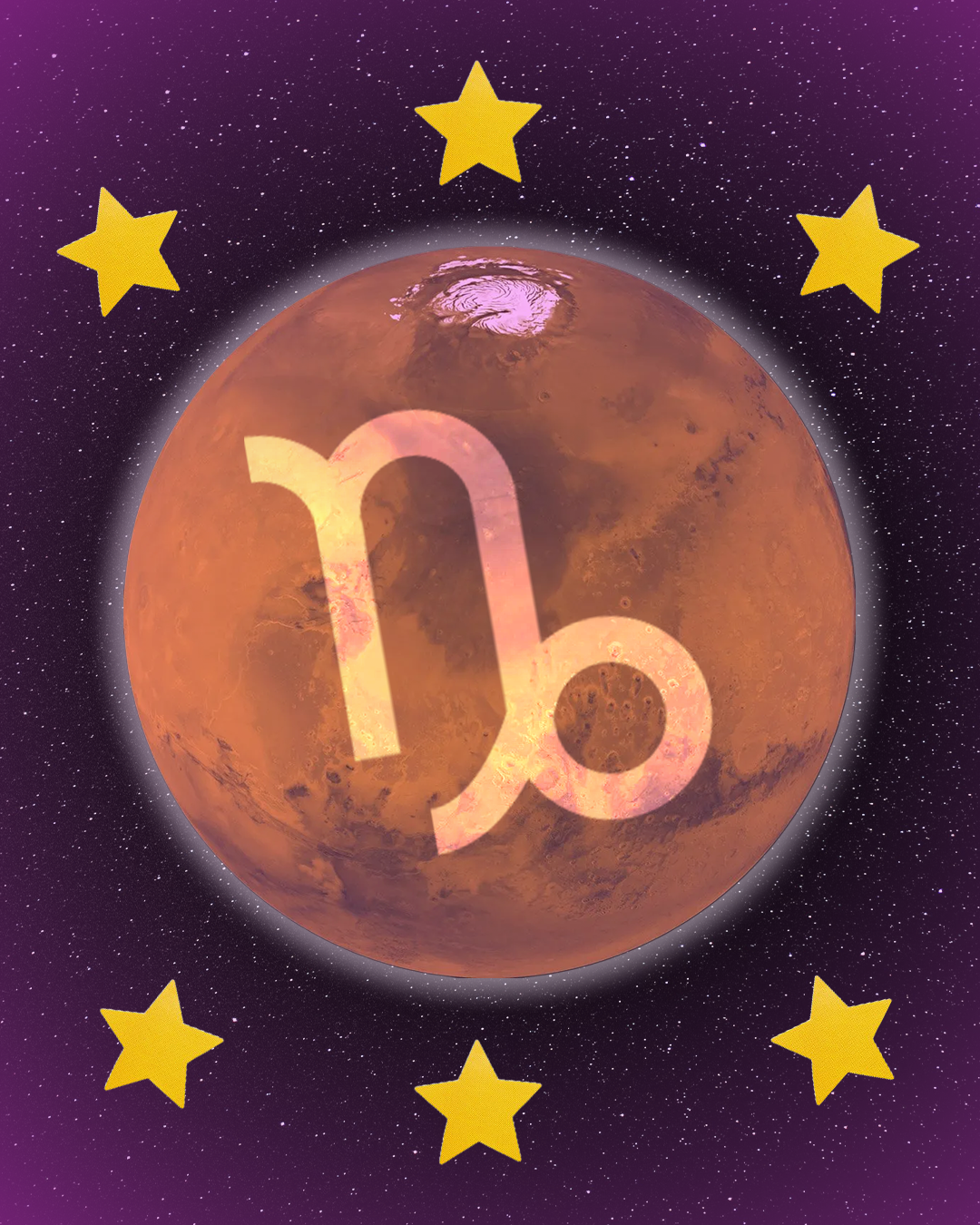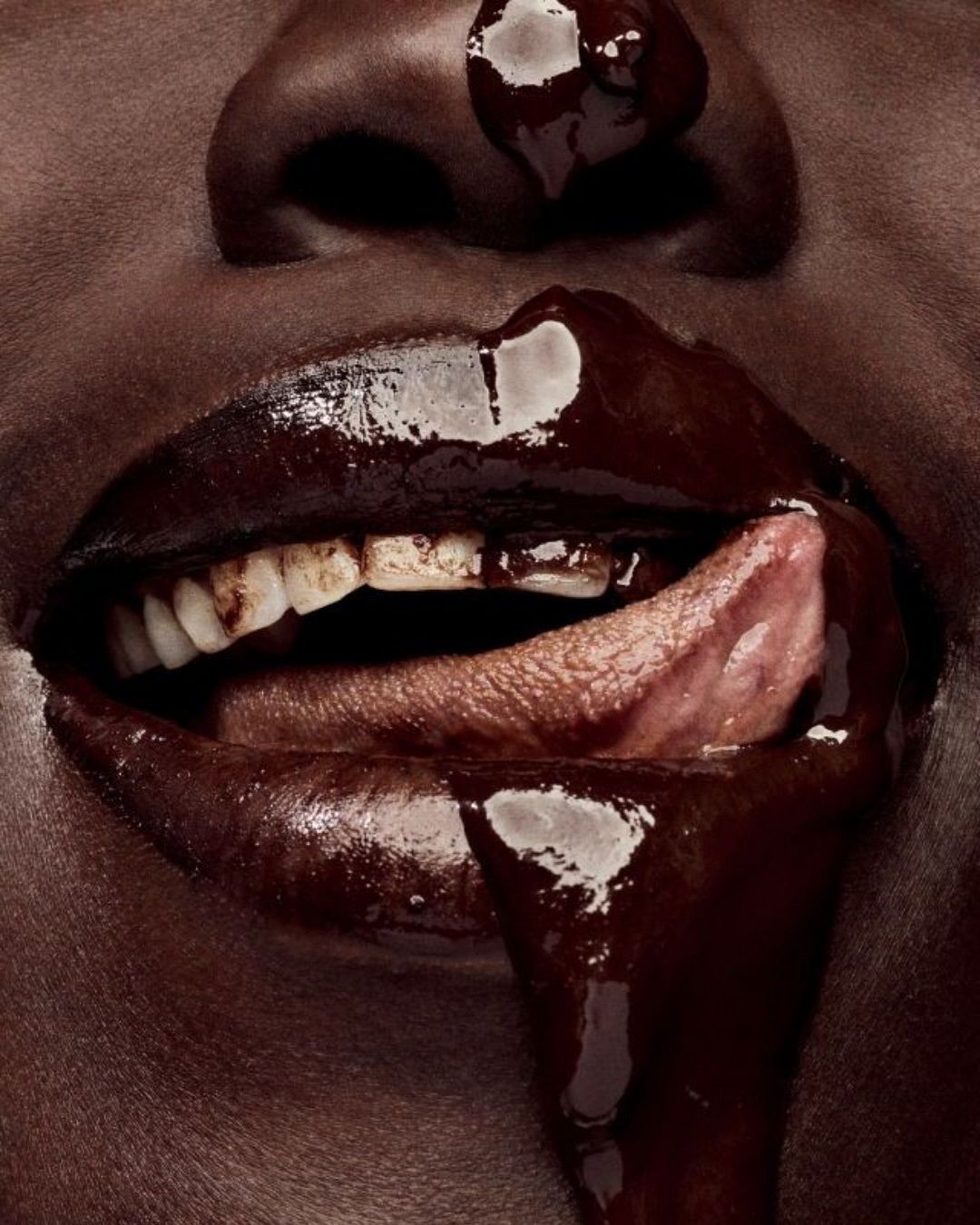
Is it really impossible to avoid copy online? From big clothing companies to creators, plagiarism seems to be inevitable
When you don't know how to dress or need some inspiration to match your new top or decide how to do your makeup, where do you go? To the court tailor, to the one who dresses the queen, or to TikTok and Pinterest? Fashion and beauty, at their core, are based on imitation, the exchange of ideas, and inspiration. From its origin, the concept of fashion has been built on this: on the aspirational desire to be like someone else and on trends that descended from the top. The creator of these trends, however, even in the 1700s, was specified, known, and recognizable, and from this derived their authority and exclusivity. Slowly, the figure of the "innovator in clothing, accessories, and everything else" has transformed, moving from being a court tailor to a stylist, designer, creator, makeup artist, and more.
Ownership of Ideas and Virality
Impulses have multiplied, and sources of inspiration too: now, fashion doesn't necessarily come from the top or from the ruling class. First came the subcultures, then the core. Flows have become multiple, uncontrollable. The bottom takes from the top, and the top takes from the bottom. Everything is micro: in a world of micro-influencers, micro-trends are launched, tiny ideas or inspirations with the lifespan of a butterfly. A fortunate idea, assisted by the inscrutable deities of virality, takes very little time to become a trend reported by industry magazines and perhaps even a business idea. It's no wonder, then, that the idea of authorship or ownership of something is so important.
@meontethegoat Her TikTok is @cortnee_luxx please call her out because she got me blocked
The Big Ones Steal from the Small Ones
This fragmentation, multiplication, and multi-directionality of inspiration make the process of copying, plagiarism, and idea theft virtually unstoppable and uncontrollable. Some fast fashion giants, by copying designs from the runway - making them accessible to the pockets of ordinary people - have built their business model and fortune. However, these are controlled operations, inserted into a context of strong and large players, recognizable, who must be accountable to the public and more. It doesn't work that way on social media. Legislation and regulations are lagging behind, and if making influencers disclose when content is paid for or when an item is gifted is a recent achievement, it is practically impossible to manage thefts by big brands from small creators or even from small creators to other small creators, in a mechanism of confusion, plagiarism accusations, and difficulty in proving this plagiarism, even in the appropriate venues.
Kylie Jenner and Others
Let's look at some examples. After the recent launch of the new clothing line by Kylie Jenner, Khy, accusations of copying came from Betsy Johnson, an artist, creative director, and stylist. It's not the first time that the youngest of the Kardashian Jenner clan has been accused of stealing someone else's ideas. Something similar happened in 2017 when Tizita Balemlay, designer of Plugged NYC, suggested that Kylie's pieces resembled those of her independent brand. These accusations regularly target the K sisters. Even Good American, by Khloe Kardashian, has been accused of lacking originality by Destiny Bleu of d-bleu-dazzler.
Shein, a Copying Habitue
Accusations are not always directed at specific individuals. In July 2023 alone, Shein was accused of plagiarism by three different artists, the illustrator Krista Perry, the designer Larissa Martinez, and the artist Jay Baron. Shein, a colossus, collects hundreds of these accusations, and little is done to slow down its dominance. Only when other giants like Amazon or Prada take action does something happen. The problem remains: who protects the small ones against the big ones? How can there be control over a shared online artistic property?
Plagiarism on TikTok and Cultural Appropriation
On a smaller scale, on TikTok, it's virtually impossible to understand who "invented what," or what derives from what, or if an idea theft stems from malice or the continuous flow of content that makes it impossible to trace the origin of a social phenomenon. This continuous race of copying, plagiarism, accusations, claims, and requests for credits, when a social component comes into play, transforms further. A few years ago, in the public sphere, we began hearing about cultural appropriation. What does that mean? Cultural appropriation occurs when a white person copies an aspect of clothing or beauty from the Black community, effectively stripping it of its cultural validity. If it's something considered sloppy or unattractive on a Black person and, once stolen, becomes desirable and wonderful, and maybe even economically lucrative, then we are at the most serious and severe stage of the phenomenon, which is discussed online every day, taking on new nuances.
@caileneasely #greenscreenvideo yeah pooh, we know you dont think its a big deal. culture vultures tend to overlook the issue. #fypシ #fyp #foryoupage original sound - caileneasely
Words from Maddalena Fadika
We asked Maddalena Fadika, Afro-Italian influencer and lifestyle TikToker living in Milan, for her opinion on cultural appropriation and online copying. "Anything is defined as the creation of Gen Z. Behind these trends, however, is black culture. It has never happened to me that content has been stolen, but I know people, black photographers and artists of color, who have had something stolen from them and have not been given the proper credits. White creators do not face repercussions if accused of copying from a person of color, at least in Italy. In other countries where there is more culture and awareness, creators engaged in cultural appropriation are immediately called out."
@maddalenaaaf questo è un mio pensiero personale su treccine /appropriazione culturale , si può essere d’accordo o meno , però credo che ci sia un problema di fondo nel momento in cui ci sono due pesi e due misure #appropriazioneculturale #treccineafricane #riflessione #neipertee #parliamoneinsieme #blackculture #perteeee #fyp original sound - maddalena
Diversified Approach
The solution to the problem is diversified and layered, complex and difficult to apply in the short term; it presupposes a dual effort of awareness and listening. Perhaps there is a need for better information on how idea registration and copyright work in general and on what the different aesthetic choices mean for different cultures, so that we ask ourselves what to adopt and what not, what to use or flaunt and what, instead, would be better to avoid. It would be necessary to inform ourselves well, protect our creativities, give the right credits to things we share or spread, dismantle the dominance of big groups against which we are almost completely powerless, abandoned to ourselves. Listening to those who denounce, boycotting, and, with our purchases and our attention, clearly indicating who we prefer and what we buy can be useful, but the road is very long.
























































